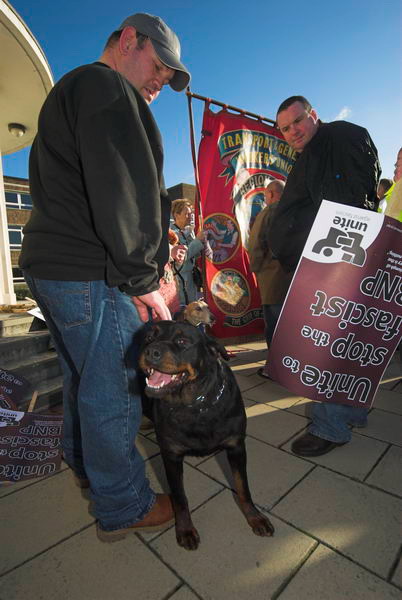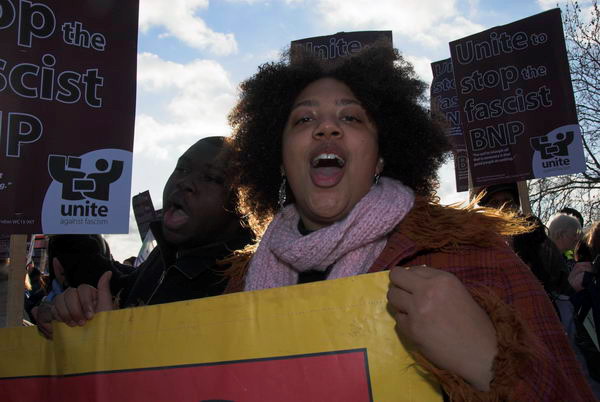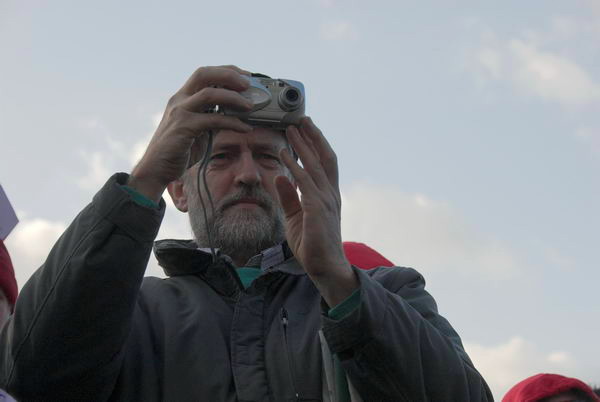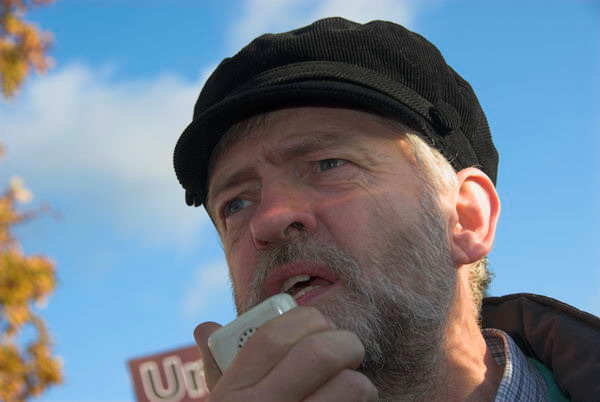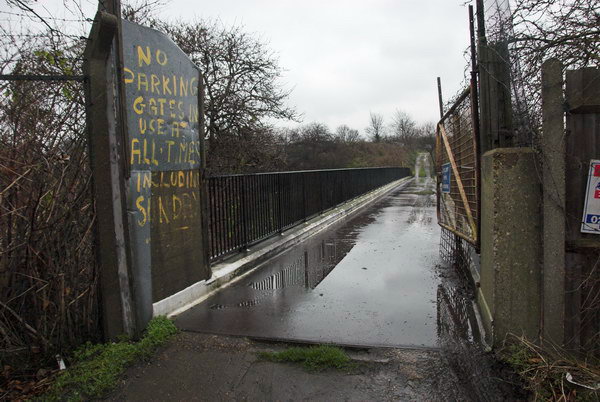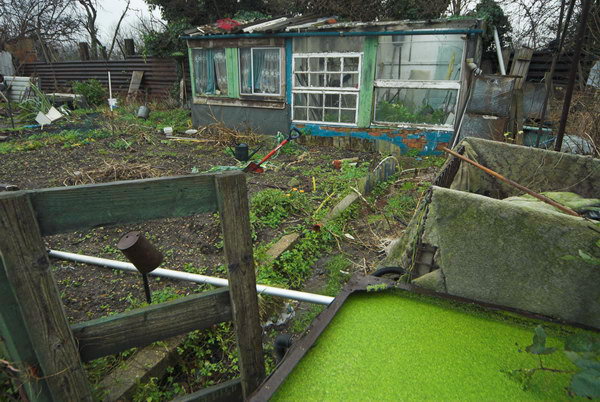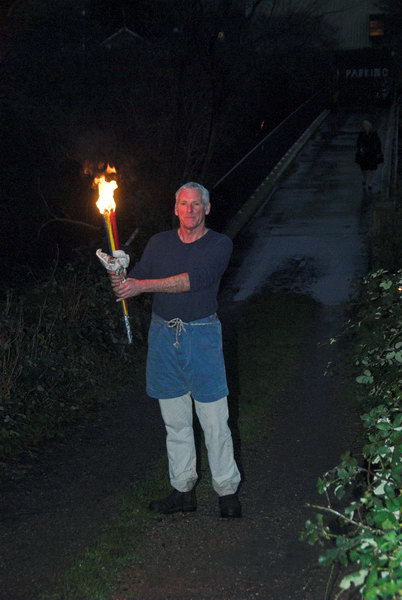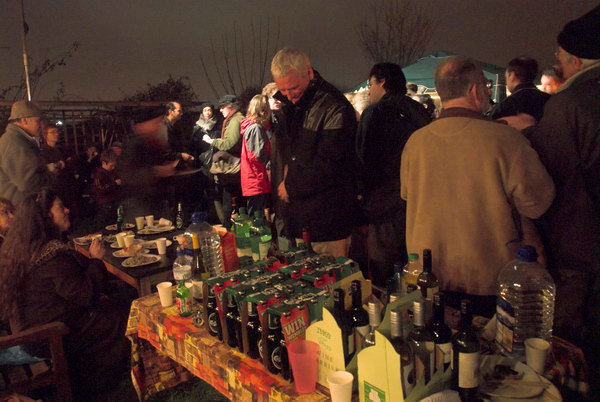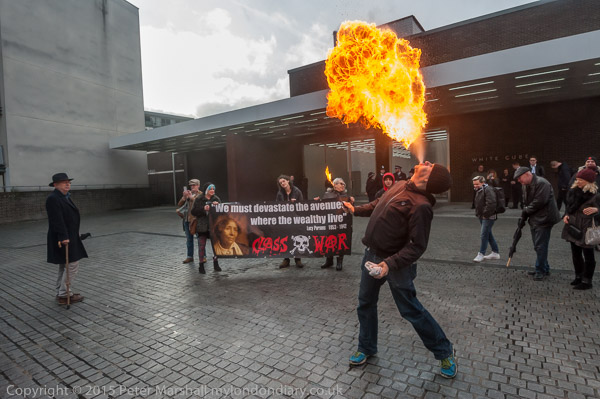
This was always the most depressing point of my year. Particularly back when I was still teaching full-time, getting up on cold dark mornings to go into work, at the start of the term which, particularly for those teaching classed facing exams in May and June, seemed to be longest and hardest slog of the year. We are actually just a few days past the latest sunrise of the year, (it is a whole 2 minutes earlier today) but its only really by the middle of the month it starts to be noticeable.
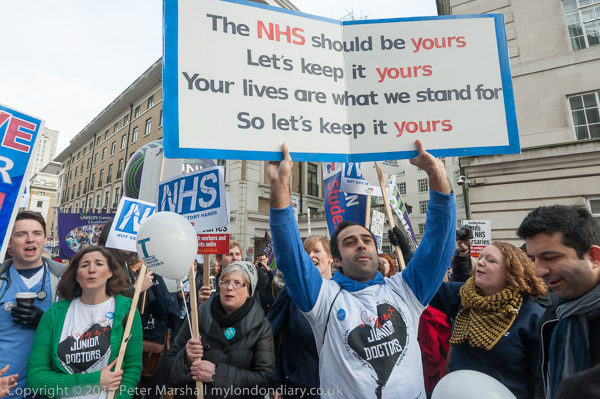
Usually we’ve put away the Christmas decorations, turned off the Christmas tree lights and put the tree outside, waiting for the energy to plant it in the garden. We’ve eaten the Christmas cakes (we usually have an iced fruit cake, stollen and Buche de Noel to get through, finished the meat, eaten the nuts and fruit, Bombay Mix and chocolates and are back on normal fare, with perhaps a dose of austerity to make up for the previous weeks of minor gluttony.
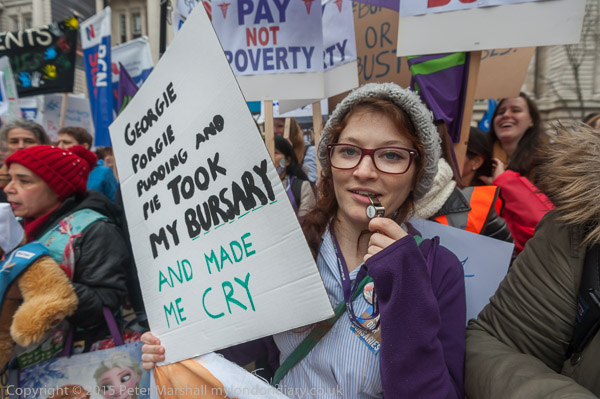
But this year has been different, with no family, friends and neighbours visiting to help us get through the Christmas bonus or see in the New Year. Everything has been flatter and less interesting, and I’m feeling bored. I exercise along routes I’ve cycled or walked close to home many times before, taking out my camera and making pictures largely out of habit rather than any great interest.
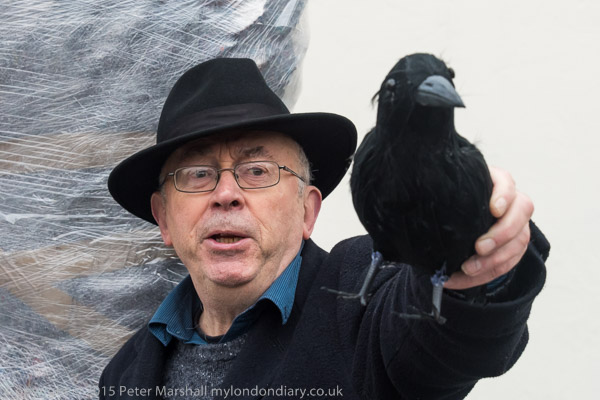
Back in earlier years, protests and other events were getting back into swing at this time of year after something of a hiatus over Christmas and the New Year, when most of us were busy with other things. I live just too far from central London to be able to easily take part in the New Years Eve events, and though for some years I went up the following morning to photograph the New Year Parade, in recent years this became too organised to be really interesting.
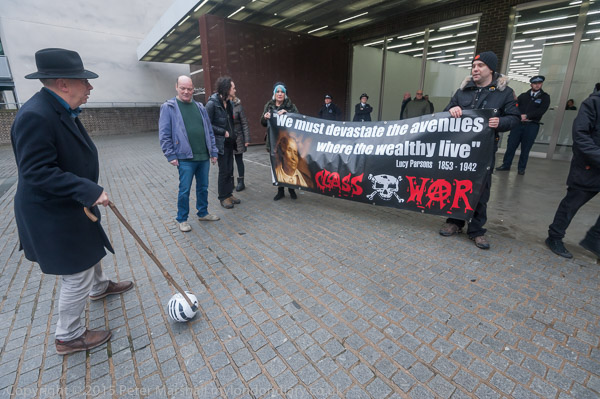
Saturday 9th January 2016 began for me with a rally and march against the axing of training bursaries for NHS nurses and midwives. As a part of their training they perform valuable work in hospitals, caring for patients, and the time involved means that unlike other students they are not able to get part-time work to support themselves.
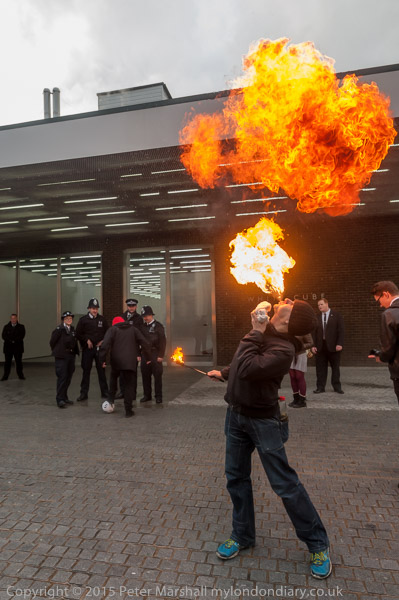
The removal of the bursaries seems certain to result in much greater hardship and also in fewer students training as nurses – and we already have a shortage of nurses. It was a simple cost-cutting measure that only makes any sense as a part of the Tory plans to privatise our NHS by stealth, part of which involves putting greater pressure on the system so that more aspects of it can be put out to private tender. Many in government have interests in private health companies and favour a move away from the principles behind the NHS of a service based on clinical need free to all towards a US-style high-cost insurance-based system.
I left the march before it finished to join Class War outside the White Cube Gallery in Bermondsey St, one of the areas of London where gentrification is most apparent.
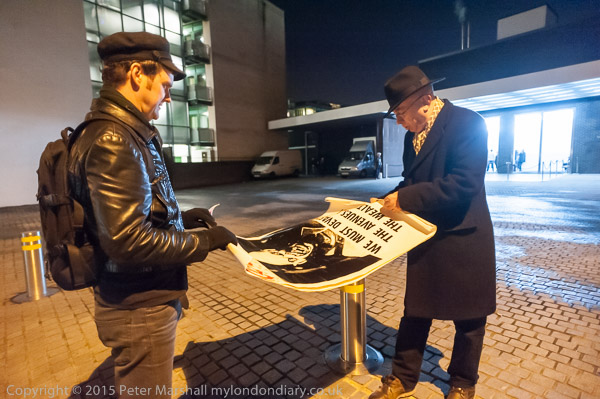
I’d come the previous month to photograph Ian Bone of Class War and Simon Elmer of Architects for Social Housing holding a short protest outside the gallery over the appropriation of protest slogans by Gilbert and George in the show taking place there, and the gentrification of the area. I wrote then:
Bermondsey, once a working class industrial area on the edge of London’s docks with many small workshops in yards off of Bermondsey St producing hats, leather goods and a more recent arrival, the print trade, has changed dramatically. Run down when I first photographed there in the 1980s (and produced an industrial archaeology walk leaflet, West Bermondsey – The leather area) it is now full of restaurants, galleries, designer clothes and other businesses catering for London’s new gentrification, with offices, design studios and expensive flats now having replaced most of the workshops.
http://mylondondiary.co.uk/2015/12/dec.htm#banners
In front of the gallery is their large open yard, and Class War had decided that as this is an area where many still live in council estates with notices on the green spaces ‘No Ball Games’ that this would be an ideal place to hold a game of football as a protest against gentrification. And I’d been invited to come along and take pictures.
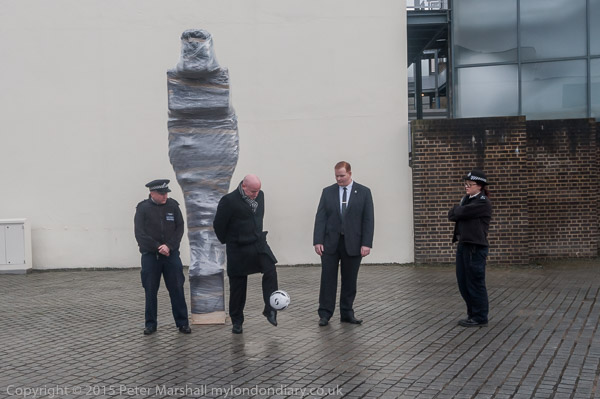
Although they hadn’t been invited, the police had clearly heard about the protest and had come along too, along with some security staff employed additionally by the gallery. A large sculpture at one side of the yard had also been wrapped up to protect it from damage (and artistically that seemed to me a great improvement.)
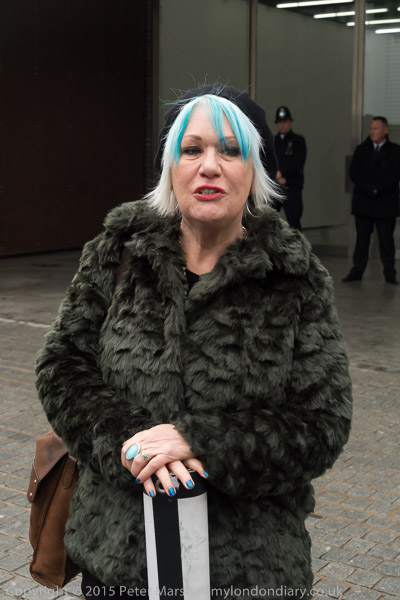
There was some opposition – and a hapless young police woman tried to tell the protesters that kicking a ball around was reckless behaviour – but the protest continued. Here is my description from My London Diary:
The protesters deliberately kicked the football at police and security, encouraging them to join in the game. Some of them did kick the ball back, while others simply stood and let a protester come to collect it, sometimes holding it but returning it when requested.
But the protest outside the ‘protest’ show (entitled ‘Banners‘) was not just football, but there was some spectacular fire breathing along with a premiere performance of Ray Jones‘s latest song, ‘any chance of a sub?’ dedicated to Damien Hirst and accompanied by the dancing Lucy Parsons banner ‘We must devastate the avenues where the wealthy live’. (Jones, together with Ian Bone were formerly part of the Welsh punk band “Page 3”.) ‘Sid Skill’ had brought along a fairly lifelike black model bird (a fiver on eBay) which inspired a histronic performance from Ian Bone, about how the security men guarding the White Cube had murdered the last raven from the Tower of London, and that London was now doomed. Doomed I say, doomed.
Later, there were two spoken word performances, one by Jane Nicholl of a traditional verse, ‘The Finest f***ing Family in the Land‘, performed with great gusto and with the small crowd joining in, and the second of a rather odd poem about a raven, sent in response to a tweet about Ian’s performance at the protest by Ray Jones, which he read to us all. And the Womens Death Squad led a rousing performance of their anthem, ‘ Bunch of C***s‘
Altogether it was a ‘happening’ with arguably rather more artistic credibility than the rather sterile work on display inside the gallery, and one that was appreciated by some members of the public even though it lacked the Art World’s financial imprimatur.
Eventually it was time to leave – and for Class War to continue their celebrations in a local pub … On the way a number of Class War Womens Death Squad stickers somehow found their way onto street furniture, walls and estate agents windows, to remind the gentrifiers that Class War will be back.
http://mylondondiary.co.uk/2016/01/jan.htm#whitecube
More on My London Diary
Class War Footy at White Cube
NHS Bursaries March
NHS Bursaries rally before march
All photographs on this and my other sites, unless otherwise stated, are taken by and copyright of Peter Marshall, and are available for reproduction or can be bought as prints.

















